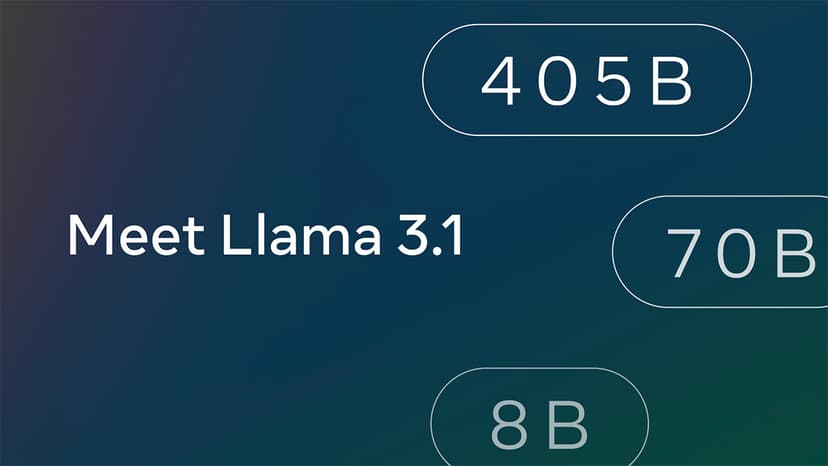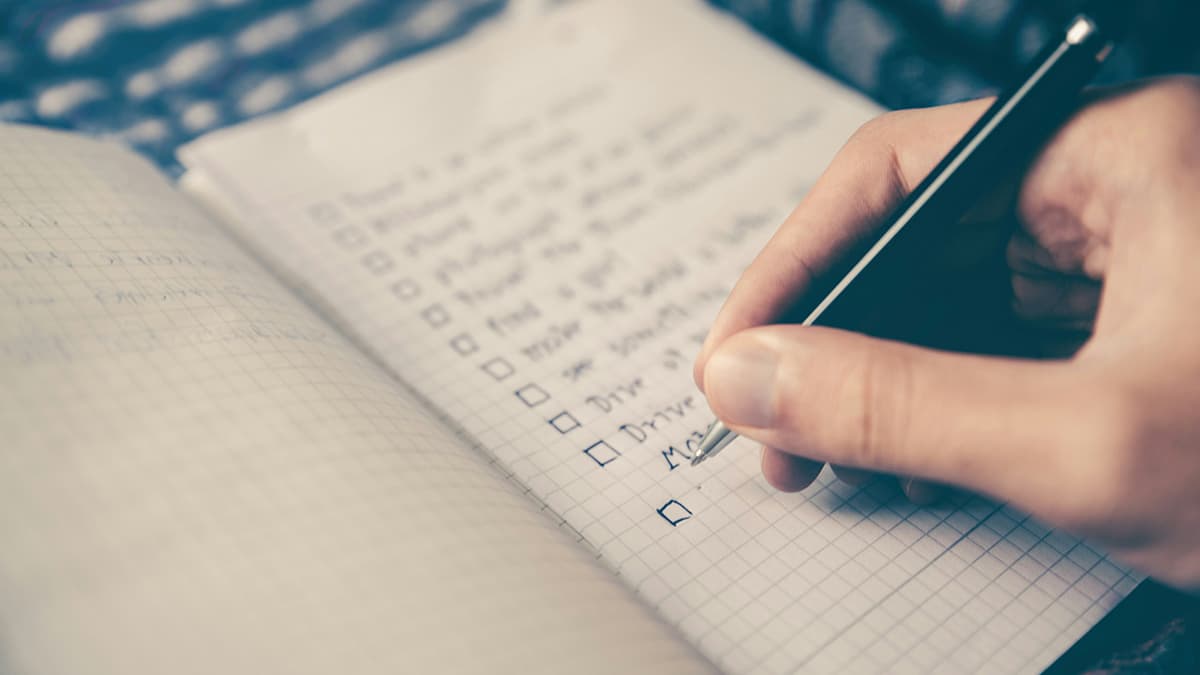How to Read the Last 10 Messages in Kafka Console Consumer
Kafka is a distributed streaming platform that allows you to publish and subscribe to streams of records. One common task for Kafka users is reading the last 10 messages from a topic using the console consumer. This article outlines the steps to accomplish this.
Understanding the Console Consumer
The console consumer is a command-line tool provided by Apache Kafka for reading data from a Kafka topic. It is useful for debugging and monitoring Kafka messages. To read the last 10 messages, we can use specific techniques.
Reading the Last 10 Messages
To get the last 10 messages from a Kafka topic, we can use the --offset and --partition options of the console consumer. Specifying the right offset will enable us to read messages from a particular position in the topic.
Step-by-Step Guide
-
Get the Total Number of Messages: First, determine the total number of messages in the Kafka topic. Use the
kafka-console-consumer.shscript with the--from-beginningoption to count the messages.Bash -
Calculate the Offset: After finding the total number of messages, calculate the offset to start reading the last 10 messages. Subtract 10 from the total message count to get the starting offset.
-
Read the Messages: Finally, run the console consumer command with the calculated offset to read the last 10 messages.
Bash
Following these steps will allow you to read the last 10 messages from the Kafka topic using the console consumer.
Tips and Best Practices
Here are some additional tips to improve your experience with reading messages in the Kafka console consumer:
- Use the
--skip-message-on-erroroption to skip corrupt or malformed messages encountered during consumption. - Experiment with different values for
--max-messagesto adjust how many messages you want to read. - Consider partitioning your Kafka topic for better scalability and parallel consumption.
Reading the last 10 messages from a Kafka topic using the console consumer can be straightforward with the right knowledge. Use the outlined steps to efficiently retrieve and analyze the latest data in your Kafka streams.












